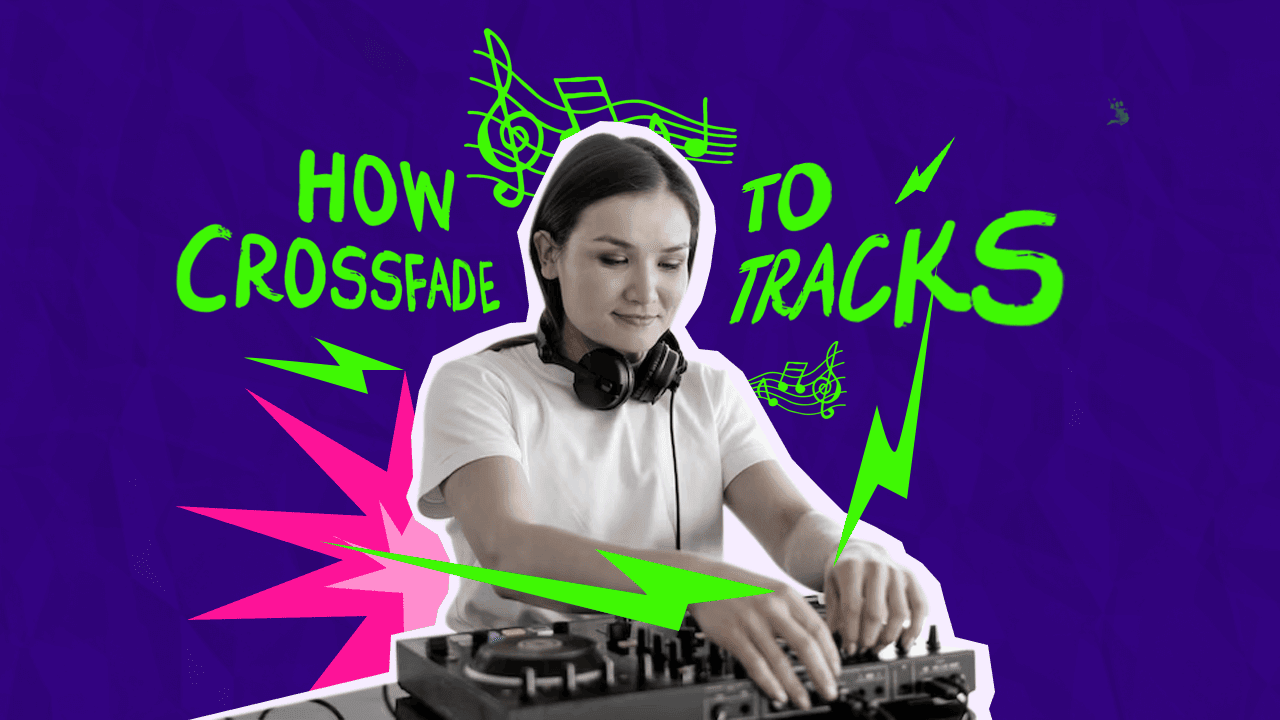Are you looking to enhance your music-listening experience on Spotify? Do you want to create seamless transitions between tracks, whether you’re curating the perfect party playlist or just aiming for a smoother listening journey? You’re in the right place! In this comprehensive guide, we’ll show you how to crossfade tracks on Spotify, providing you with step-by-step instructions to master this feature and elevate your musical enjoyment.
So, whether you’re a music enthusiast, a party DJ, or simply someone who loves uninterrupted melodies, join us on this exploration of Spotify’s crossfade feature. Let’s dive deep into the world of smooth transitions and captivating playlists!
Table of Contents
ToggleWhat is the Best Crossfade Time for Spotify?
On Spotify, you can make songs blend smoothly, but you get to decide how long it takes. You can choose between 1 and 12 seconds.
However, one size doesn’t fit all. Sometimes, you might want to change how long it takes for one song to fade into the next.
For instance, if you set it to 12 seconds, the next song begins 12 seconds before the current one ends. This can be great for DJing at parties when songs often start quickly, and a longer blending time gets everyone excited for the next track.
But when you’re listening on your device, like your phone, a 5–6-second blending time usually works well. Anything shorter than that might make the songs clash.
In the end, it’s about what you like. Trying different times, from 2 to 12 seconds, helps you find what sounds best to you.
Enable Automix To Merge Songs On Spotify
Spotify has a useful feature called Gapless Playback. It stops songs from having a pause between them when they finish. You can turn it on in Settings under ‘Playback.’ Another feature called Automix can be used on certain Spotify playlists. It not only blends songs but also skips the beginnings or endings, adds special effects, and even repeats parts of songs to make them flow better. You can find it in the same ‘Playback’ menu—just turn on the ‘Automix’ switch.
If you’re a DJ, there are important Spotify settings to know. But remember, you can’t change these settings when you’re using Spotify Connect to play music on another device. So, use Spotify on only one device. One of these settings is the Equalizer, which lets you adjust the bass and treble levels in any Spotify song.
On an iPhone, start Spotify, tap the home button, and open Settings. Then, tap ‘Playback,’ choose ‘Equalizer,’ and turn on the ‘Equalizer’ switch to make it work. You can pick different presets or adjust the dots on the equalizer yourself to find the sound you like.
For Spotify on Android, open the app, tap the home button, and go to Settings. Under ‘Music Quality,’ look for ‘Equalizer’ and choose how you want the music to sound using your device’s audio settings.
Just remember, not all Android devices have Spotify’s Equalizer, and changing it might affect how other apps sound too.
Use Audio Normalization To Balance Volume
Spotify Premium users can use the app’s audio normalization feature to make songs with different volumes sound more balanced. Here’s how to do it:
- Open the Spotify app and go to Settings.
- Choose ‘Playback.’
- Turn on ‘Enable Audio Normalization.’
- Adjust the volume settings to your liking, depending on where you’re listening.
If you’re using Spotify on your computer:
- Click the drop-down arrow next to your Spotify username and select Settings.
- Under ‘Audio Quality,’ turn on ‘Normalize Volume’ to ensure all songs have the same volume level.
- Choose from three-volume presets: ‘Loud’ for noisy places, ‘Normal’ (default), or ‘Quiet’ for quieter settings.
Just remember, you can’t make these changes while using Spotify Connect to play on another device.
Conclusion
To sum it up, learning how to crossfade tracks on Spotify can make your music sound better. Whether you’re a music lover or someone who wants to be a DJ, it’s a useful skill. By following the easy steps we’ve talked about, you can make your songs flow together smoothly and create cool playlists.
So, give it a try and make your Spotify music experience even more enjoyable. Have fun with your music!



